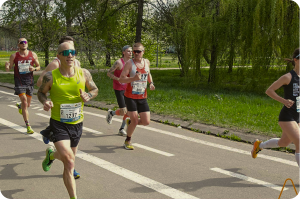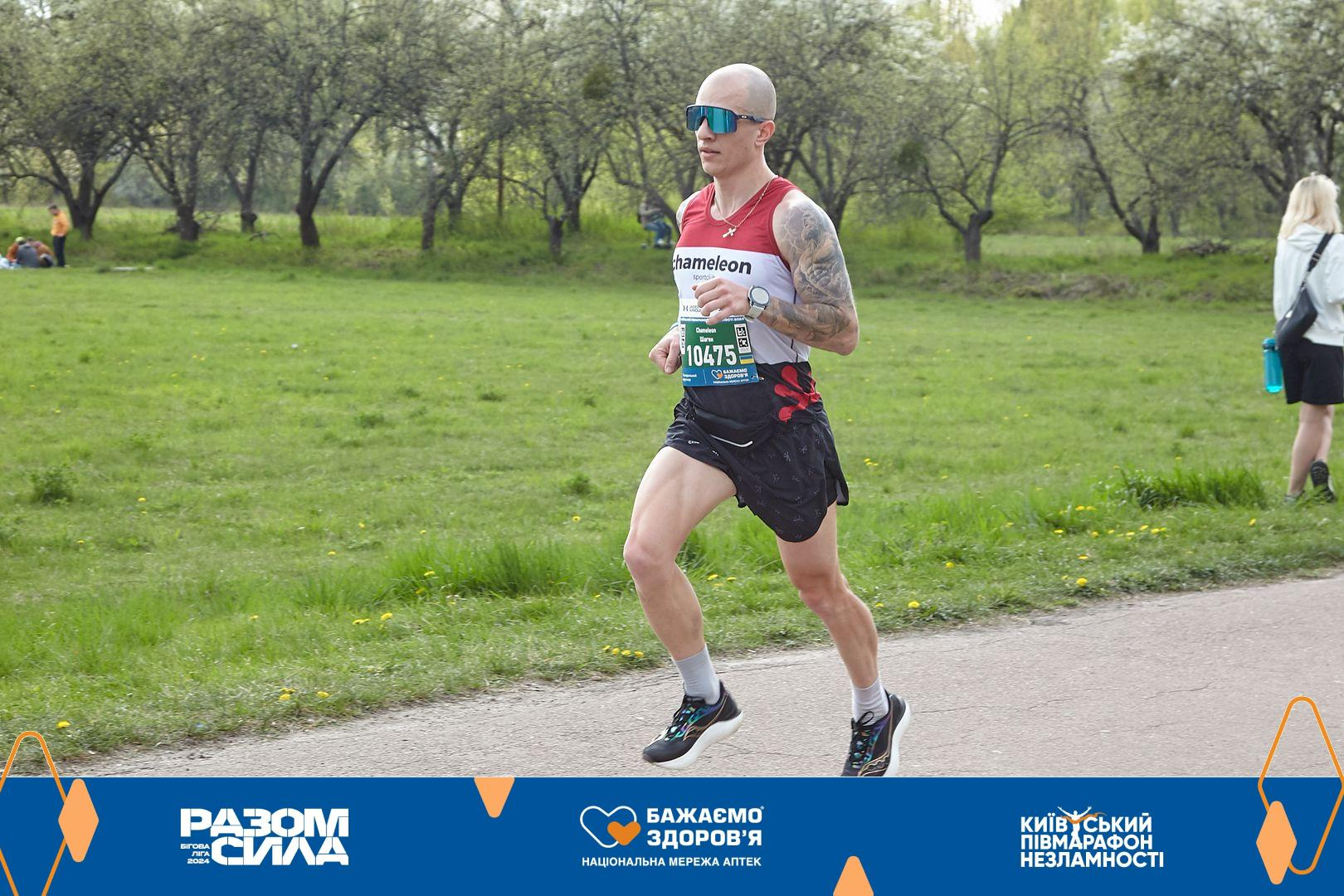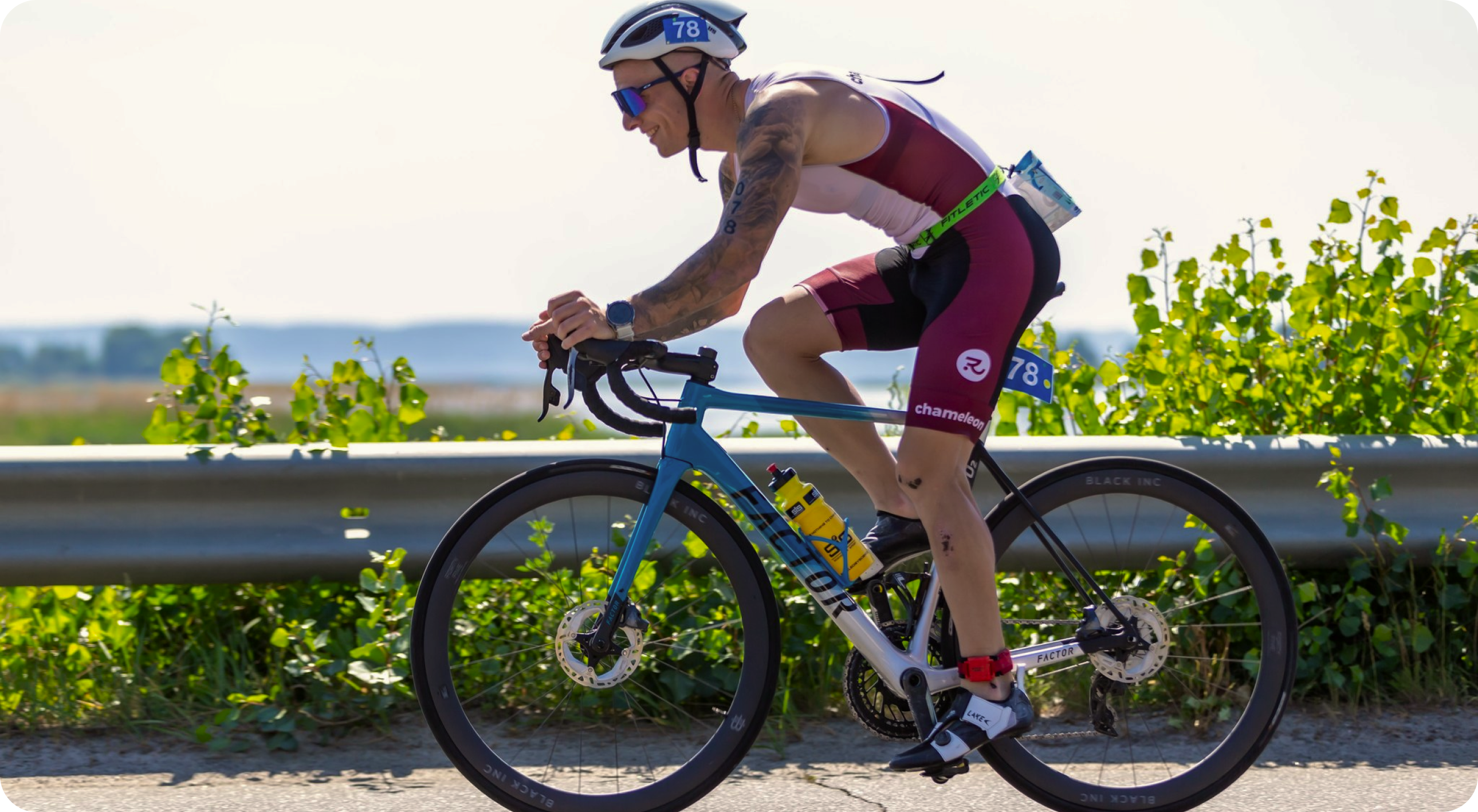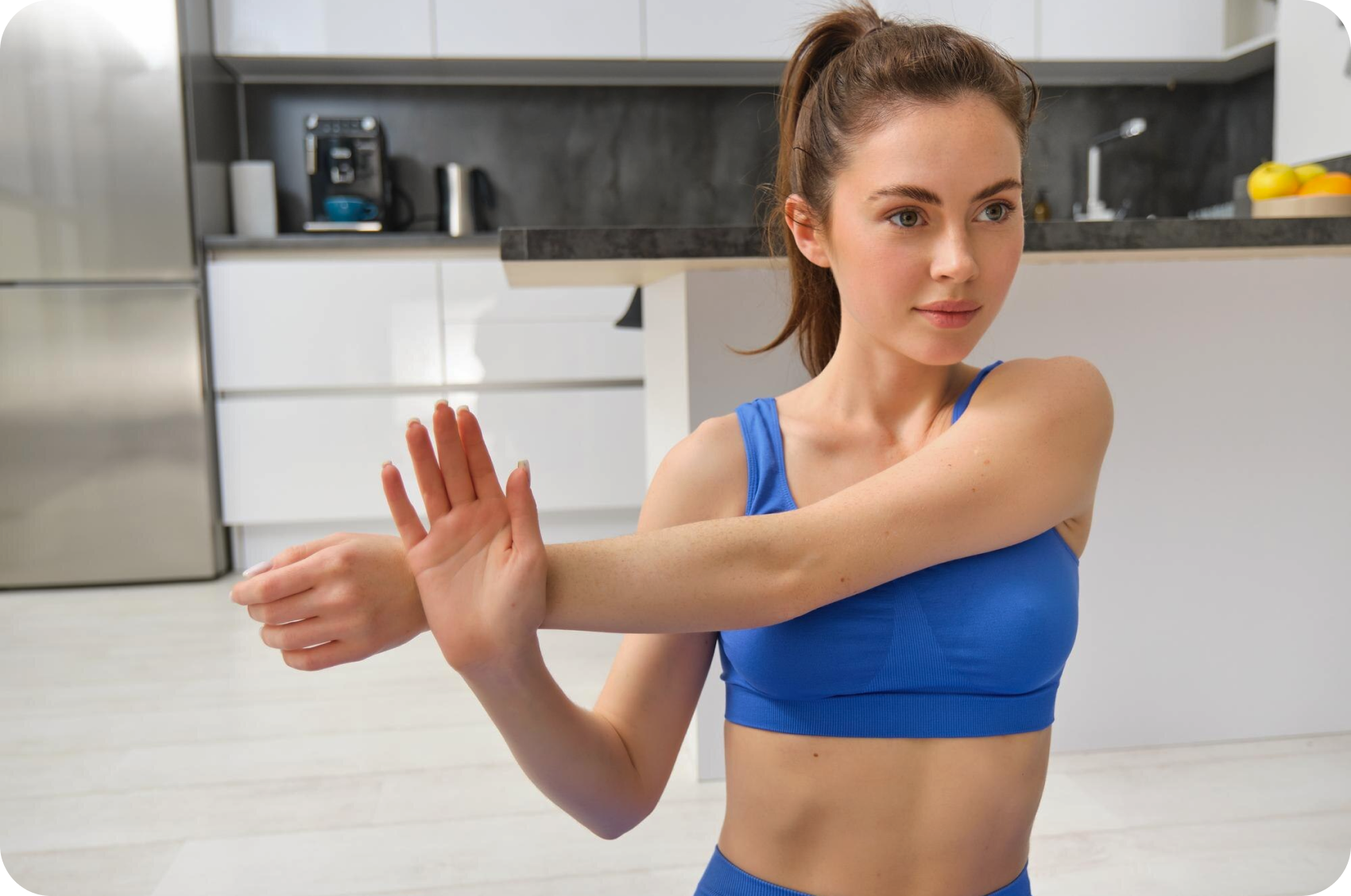Runner’s knee is a widespread problem that many athletes face. But that doesn’t mean you need to ignore it or push through it. In this article, we will explore the nature of knee pain, its symptoms, and its causes.
We will also share some useful tips and stretching routines to help you beat the pain and keep running strong.
Whether you’re a seasoned marathoner or a casual jogger, these stretches will become your go-to routine, ensuring that nothing stands between you and your running goals.
Level up your triathlon performance!
Explore training plans and find the workout routine that fits your needs best
Understanding Runner’s Knee Pain
Runner’s knee, also known as patellofemoral pain syndrome, is a common condition that causes pain in the front of the knee and around the kneecap.
Despite the name, this type of pain is not specific for the runners only. In fact, many athletes can experience this injury.
There are a few things that may cause this painful feeling:
- Overuse. Repeated stress from activities like running or jumping can cause sharp pain. For example, training for a marathon without proper rest can lead to this condition.
- Muscle imbalance. Weak or tight muscles around the knee can affect its alignment. If your quads are much stronger than your hamstrings, they can pull the kneecap out of place.
- Foot problems. Flat feet or overpronation (excessive inward rolling of the foot) can put extra stress on your knees. Wearing shoes without proper arch support can exacerbate this issue.
- Injury. A direct hit to the knee, like falling during a run, can cause a runner’s knee.
- Improper technique. Running with poor form or increasing your mileage too quickly can contribute to knee pain.
A recent review published in the British Journal of Sports Medicine showed that many of the previously suggested risk factors have little supporting evidence.
Sex, weight, BMI, age, hamstring strength, dynamic knee valgus angle, and foot mechanics have all been considered potential risk factors for patellofemoral pain syndrome.
However, a 2019 study found that quadriceps weakness was the only risk factor with strong supporting evidence.
What are the Symptoms of Runner’s Knee?
A runner’s knee typically feels like a dull, aching pain around or behind your kneecap. This pain is often felt when the kneecap meets your thighbone’s lower part.
Pay attention to the following symptoms:
- The knee may swell slightly.
- You might feel or hear a grinding sensation when you move your knee.
- The area around the kneecap can be sensitive to touch.
The Impact of Runner’s Knee on Performance and Daily Activities
Knee pain can significantly affect your running and daily life.
For example, if you’re training for an Ironman race, the pain can limit your running distance and speed.
You might have to take frequent breaks or even stop running altogether, which can derail your training plan.
In everyday activities, an injured knee can make simple tasks more difficult. Climbing stairs, getting out of chairs, or even sitting for a long time can be painful. This constant discomfort can impact your mood and overall quality of life.
So, how do you treat the knee pain? When should you see a doctor? Let’s explore it further.
How is the Runner’s Knee Diagnosed?
To confirm the runner’s knee diagnosis, your doctor will ask about your symptoms and medical history. This will include details about your physical activities and when the pain occurs.
Then, the doctor will perform a physical exam to check for pain, swelling, and tenderness around your kneecap.
They may also observe how you walk and move your knees. Sometimes, imaging tests like X-rays or MRIs are used to get a clearer picture of the knee and rule out other conditions.
How to Treat It?
Treating a runner’s knee often involves a combination of rest, exercises, and lifestyle changes.
A recent systematic review in the Australian Journal of Physiology highlighted effective treatments for a runner’s knee.
It found that manual therapy, involving hands-on manipulation of the lower limb, significantly reduces pain and improves function for many runners. However, individual responses to this treatment can vary.
Here are some other methods for runners’ knee treatment:
Rest and Ice
Applying ice to the affected area can help reduce swelling and pain.
Pain Relief
Over-the-counter pain relievers like ibuprofen or acetaminophen can help manage pain and reduce inflammation.
Stretching and Strengthening Exercises
Specific exercises that target the muscles around your knee, such as quadriceps and hamstring stretches, can relieve pain and prevent future issues. Strengthening exercises like squats and leg lifts are also beneficial.
Proper Footwear
Wearing shoes with good support and cushioning can make a big difference. If you have flat feet or other specific needs, consider custom orthotics.
Physical Therapy
A physical therapist can design a personalized exercise program to strengthen and stabilize the muscles around your knee, improving your overall knee function.
Gradual Return to Activity
When your pain subsides, gradually return to your activities. Start with low-impact exercises like swimming or cycling before resuming running.
The Role of Stretching Exercises in Knee Pain Treatment
Stretching plays a crucial role in managing and relieving runner’s knee pain.
By stretching, you can:
- relax tight muscles around the knee, which can alleviate pressure on the kneecap.
- enhance the flexibility of the muscles and tendons around the knee, leading to better joint function and reduced risk of injury.
- increase blood flow to the muscles, providing essential nutrients and oxygen that aid in recovery and reduce inflammation.
Top Stretches for Runners Knee Pain Relief
Proper stretches can help you relieve pain and get back to your regular activities.
Here are some runner’s knee exercises to help you feel better.
1. Quadriceps Stretch
Stand with your feet shoulder-width apart.
Bend your right knee and bring your heel toward your buttocks.
Grab your right ankle with your right hand. If you can’t reach your ankle, use a towel around your foot to help pull it toward you.
Keep your knees close together and push your hips slightly forward.
Hold the stretch for 30 seconds, then switch legs.
This exercise relieves tension in the quadriceps, reducing pressure on the knee joint. It also improves flexibility and alignment of the knee.
2. Hamstring Stretch
Sit on the floor with your legs extended straight in front of you.
Bend your left leg, placing the sole of your foot against your right inner thigh.
Reach toward your right foot, keeping your back straight. Use a yoga strap or towel around your foot if you can’t reach it.
Keep your back straight to avoid rounding your spine. Hold the stretch for 30 seconds, then switch legs.
If done properly, this exercise reduces tightness in the hamstrings and enhances overall flexibility in the back of the leg.
3. Standing Hip Flexor Stretch
Stand with your feet hip-width apart.
Take a step back with your right foot, keeping your left foot planted firmly on the ground.
Bend your left knee slightly, keeping your right leg straight behind you.
Push your hips forward gently, feeling a stretch in the front of your right hip.
Hold this position for 30 seconds, keeping your torso upright and your lower back straight.
Switch sides and repeat with your left foot stepping back.
It relieves tension in the hip flexors, which can help reduce strain on the knee joint.
4. Calf Muscle Stretch
Stand facing a wall, with your hands on the wall at shoulder height.
Step your right leg back, keeping it straight and your heel on the ground.
Keep your left knee bent slightly and press into the wall.
Hold the stretch for 30 seconds, then switch legs.
Keep your back leg straight and heel on the ground.
Move closer to the wall if you need a milder stretch.
This exercise reduces tightness in the calf muscles, improving knee stability.
5. Stretch for Tight Hip Flexors
Kneel on your right knee, with your left foot in front, creating a 90-degree angle at both knees.
Push your hips forward, feeling a stretch in the front of your right hip.
Hold the stretch for 30 seconds, then repeat on the other leg.
Keep your torso upright, and avoid arching your lower back.
Use a cushion under your knee for added comfort.
This stretch relieves tension in the hip flexors, which can pull on the knee joint.
6. Glute Stretch
Lie on your back with your knees bent and feet flat on the floor.
Cross your right ankle over your left knee.
Grab the back of your left thigh and gently pull it toward your chest.
Hold the stretch for 30 seconds, then switch legs.
Keep your head and shoulders relaxed on the floor.
Use a strap or towel if you can’t reach your thigh.
This stretch eases tension in the glutes, which can affect knee alignment. It also enhances hip muscles and lower back flexibility.
7. Inner Thigh Stretch
Sit on the floor with your feet together and knees bent outward.
Hold your feet with your hands and gently press your knees toward the floor.
Hold the stretch for 30 seconds.
This exercise reduces tightness in the inner thigh muscles, improving knee alignment.
Wrapping up: Quick Tips on When and How to Stretch for Best Results
- Always start with a light warm-up, like jogging in place or walking briskly, for 5-10 minutes to increase blood flow to your muscles before stretching.
- Incorporate stretching into your daily routine, both before and after your runs, to maintain flexibility and prevent tightness.
- Aim to hold each stretch for at least 30 seconds, ensuring you feel a gentle pull but no pain.
- Concentrate on stretching the muscles around your knees, including the quadriceps, hamstrings, calves, and hip flexors.
- Avoid overstretching or bouncing during stretches. Stretch to the point of mild discomfort, not pain.
You can also consider connecting with a training coach who will create a training program based on your physique and goals.




